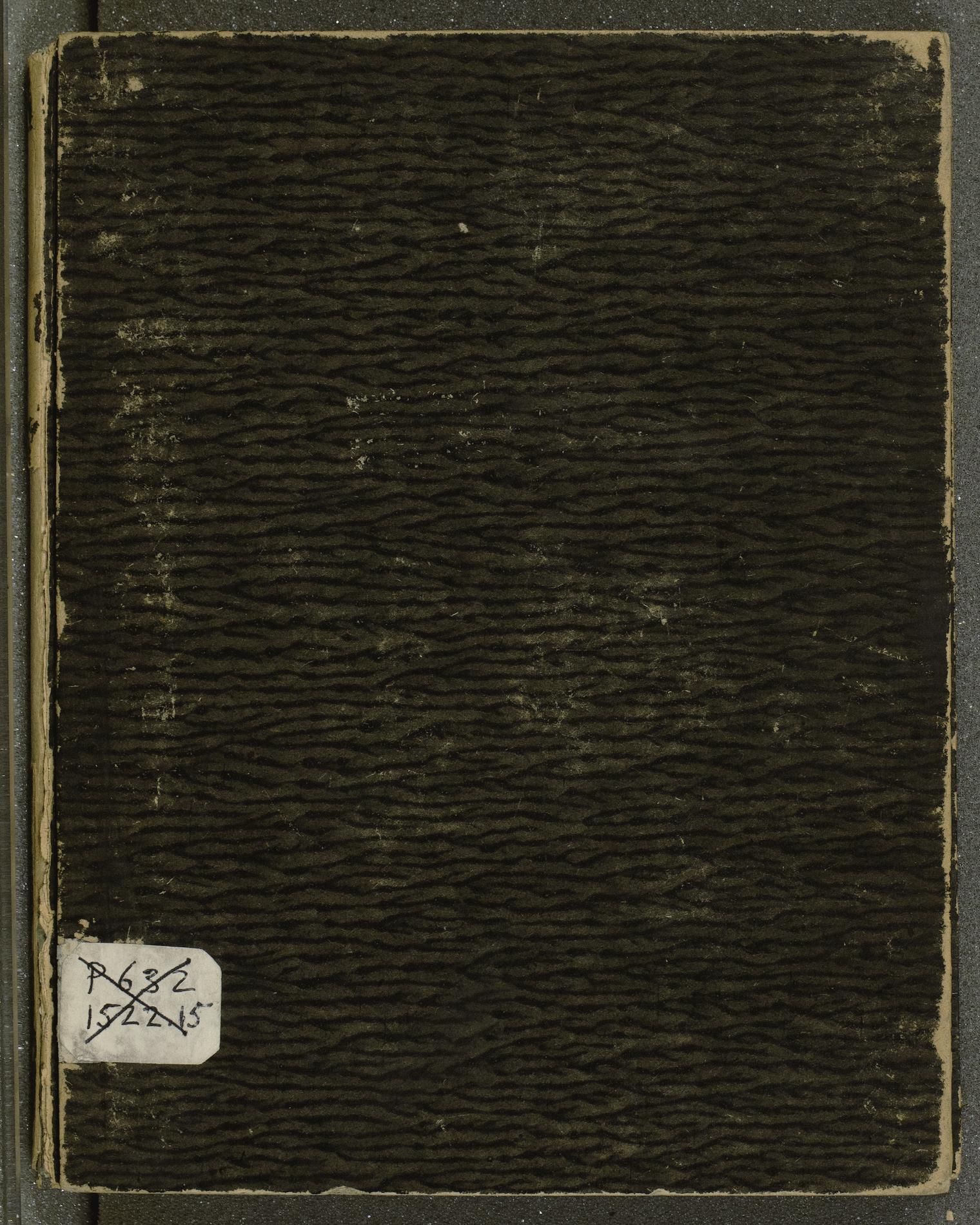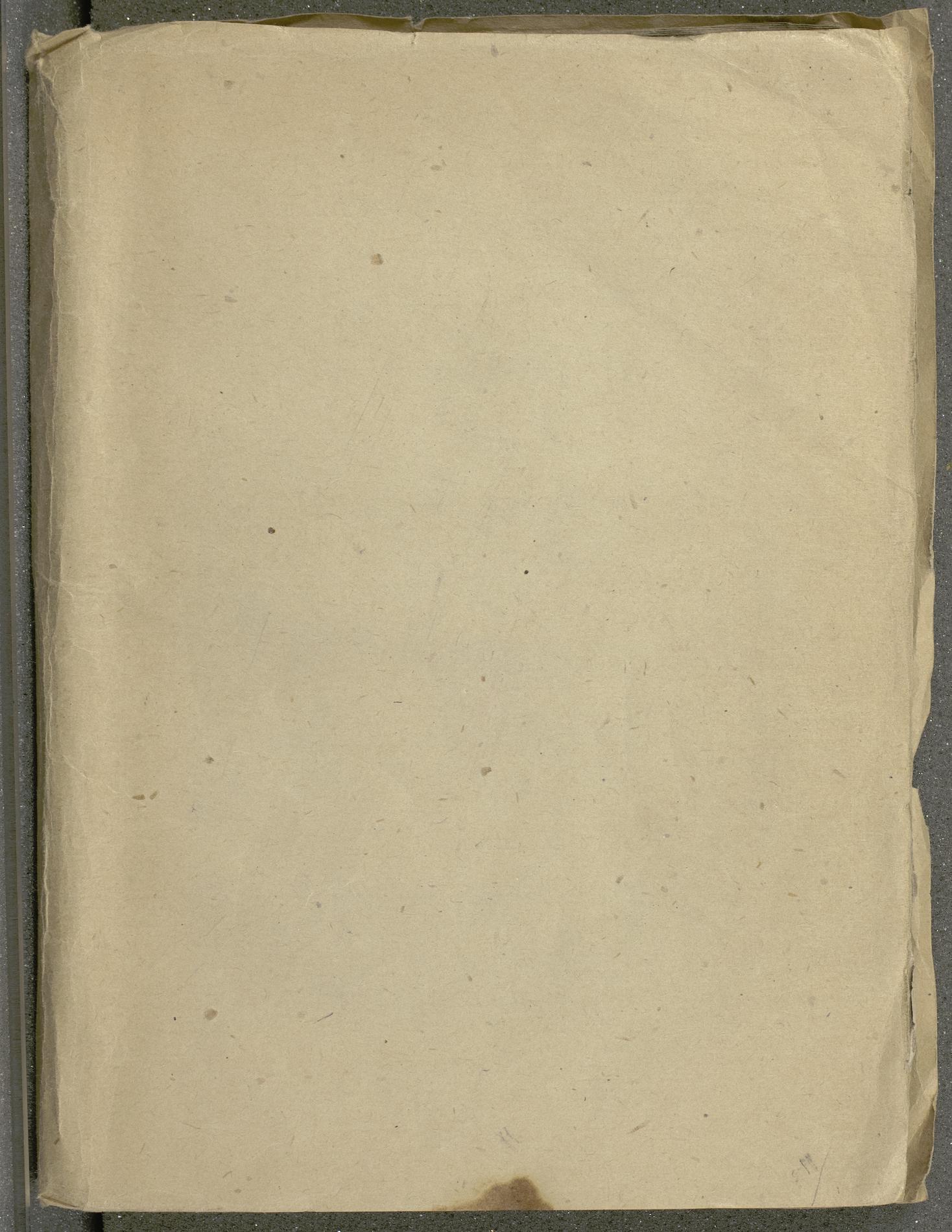Why Print Counterfeits?


An die Radherrn aller stedte deutsches lands : das sie Christliche schulen auffrichten vnd halten sollen
Summary: Radical reformers such as Karlstadt believed that education was unnecessary for faith. Luther argued against such a position, asking all cities to set up schools to teach correct doctrine. He also emphasized the need for teaching Latin and Greek as part of Christian education. This is the first printing of this important tract.Just as there were many ways to produce counterfeits, there were different reasons why printers chose to produce them. Some may have sought to hide their involvement due to local censorship regulations. Others may have thought their books would sell better if thought to be from Wittenberg. Regardless of why printers produced counterfeits, Wittenberg’s printers were forced to respond.
Avoiding Prohibitions
In Rome’s official response to Luther, the papal bull Exsurge Domine, Pope Leo X threatened Luther with excommunication. The document also expressly forbid the printing of Luther’s works.
The ban on printing Luther’s works was strictly enforced in Leipzig, at that time the Empire’s largest printing center. Within a few years, the industry had collapsed. Printers begged the town council to petition the Duke on their behalf, allowing them to print Luther’s works, but the ban remained in force.
This led some printers to resort to clandestine means. In 1525 the Leipzig printer Michael Blum printed a copy of Luther’s Vonn dem grewel der stillmesse, a pamphlet arguing against priests saying private masses. To hide his involvement in printing a banned book, Blum omitted his name and added a false Wittenberg imprint on the title page. His deception was uncovered, leading to his imprisonment.
Increasing Marketability
Although printing Luther’s works was technically banned throughout the Empire, in many places the prohibition was not enforced. Yet printers continued printing Wittenberg counterfeits even after their town had adopted the Reformation. Readers wanted information from Wittenberg, as they could trust its accuracy, knowing it had passed under Luther’s watchful eye. Printers sought to capitalize on this by passing their books off as originals from Wittenberg.
No one did this better than the printer Heinrich Steiner in Augsburg. In addition to listing “Wittenberg” on his title pages, even though they were printed in Augsburg, Steiner also made elaborate copies of the decorative borders used in the original Wittenberg books. He would use them for works by Luther even if the original Wittenberg edition did not contain a border. Readers would be fooled because his books followed the style associated with Wittenberg books.
Below are two examples of Steiner’s copied borders, each displayed next to a border from an original Wittenberg book. See if you can spot the differences between the originals and the counterfeits.
Wittenberg's Response: the Luther Rose

“They have also learned the trick of printing Wittenberg in some books which never appeared in Wittenberg at all!” – Martin Luther

Luther was well aware that his books were being counterfeited. He once declared that printers had “learned the trick of printing Wittenberg in some books which never appeared in Wittenberg at all!” This led to the development of a seal of authenticity that Wittenberg printers could use on their books. Soon, Luther’s coat of arms, a white rose with a cross, began adorning his books.
The best example is a decorative title page border that has angels holding the Luther rose, which is flanked by Luther’s initials. The Kessler Collection has a beautiful copy of the Luther rose on its copy of Luther’s An die Radherrn aller stedte deutsches lands, a 1524 document advocating for the setting up of schools to teach proper doctrine. If you look at the logo of the Kessler Collection, you’ll notice it is a copy of the Luther rose.
Unfortunately this seal of authenticity was not effective, as it too was copied by printers elsewhere. The above border was copied by the Augsburg printer Philipp Ulhart. Notice that the angels and Luther’s initials are there, but the Luther rose has been replaced by a blank shield.







